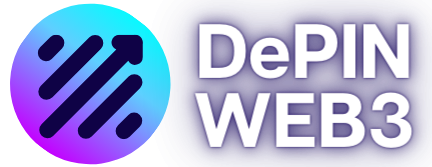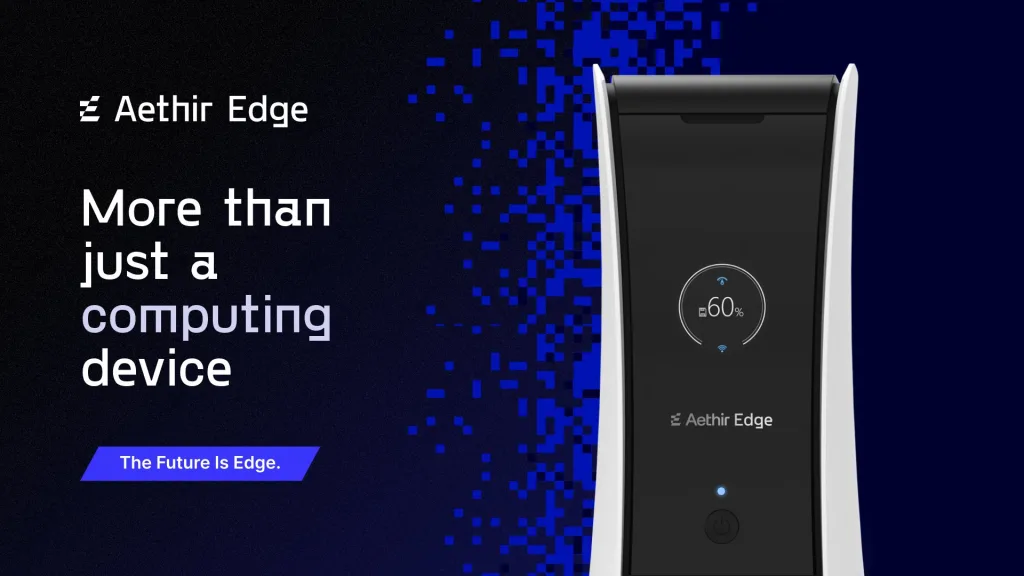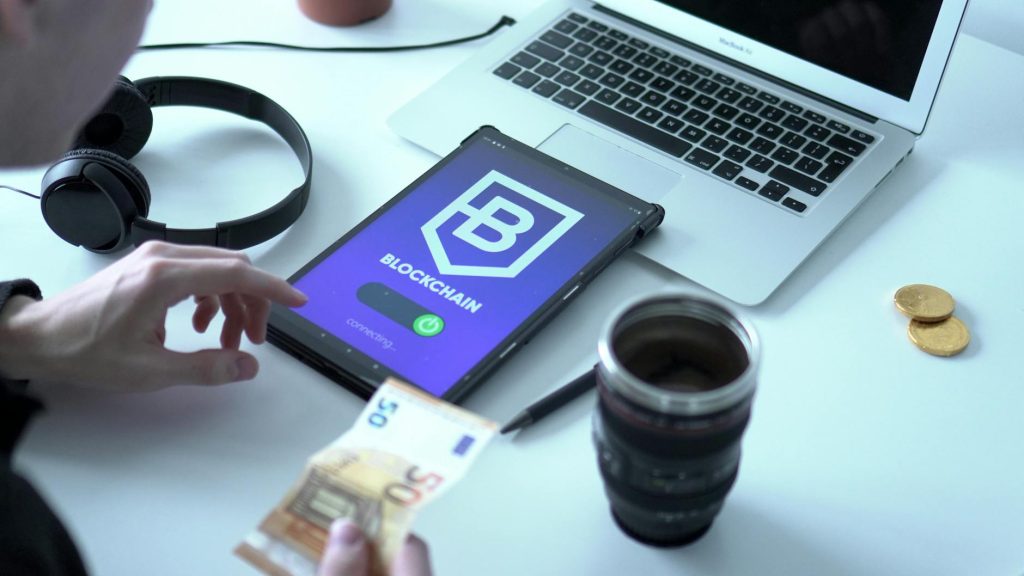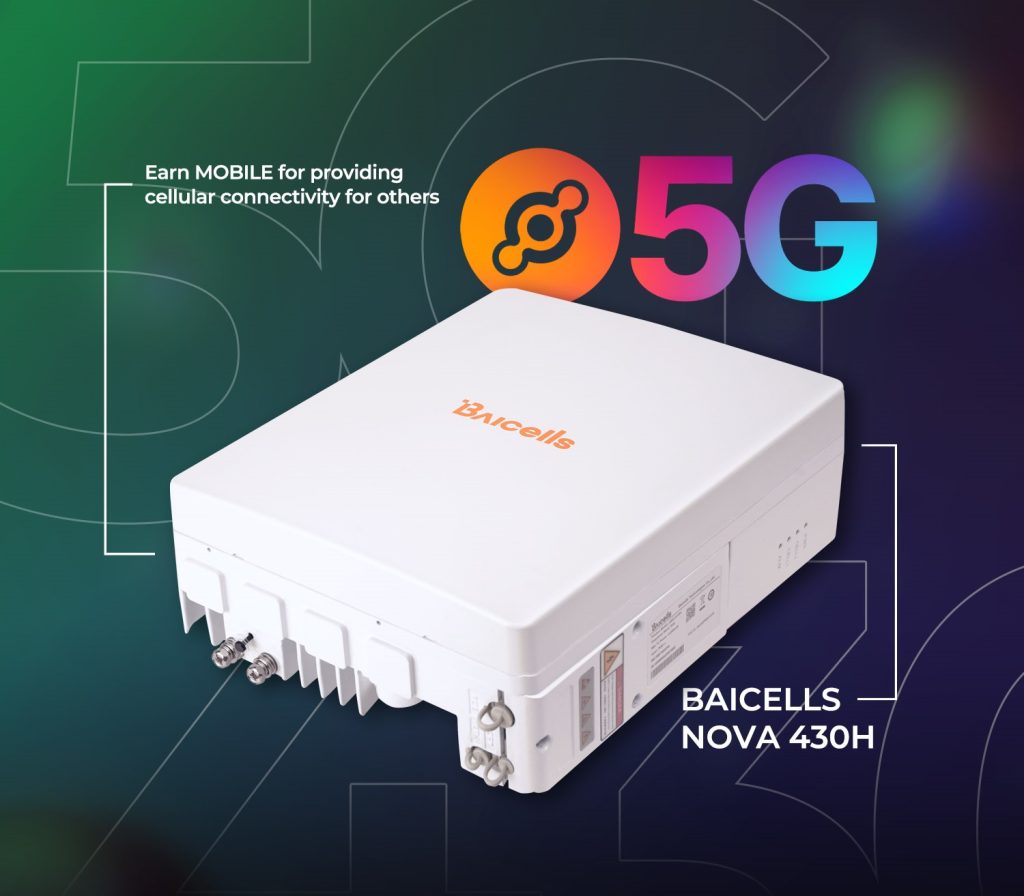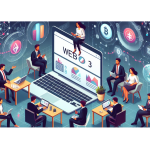What is Web3? A Guide to the Decentralized Future of the Internet
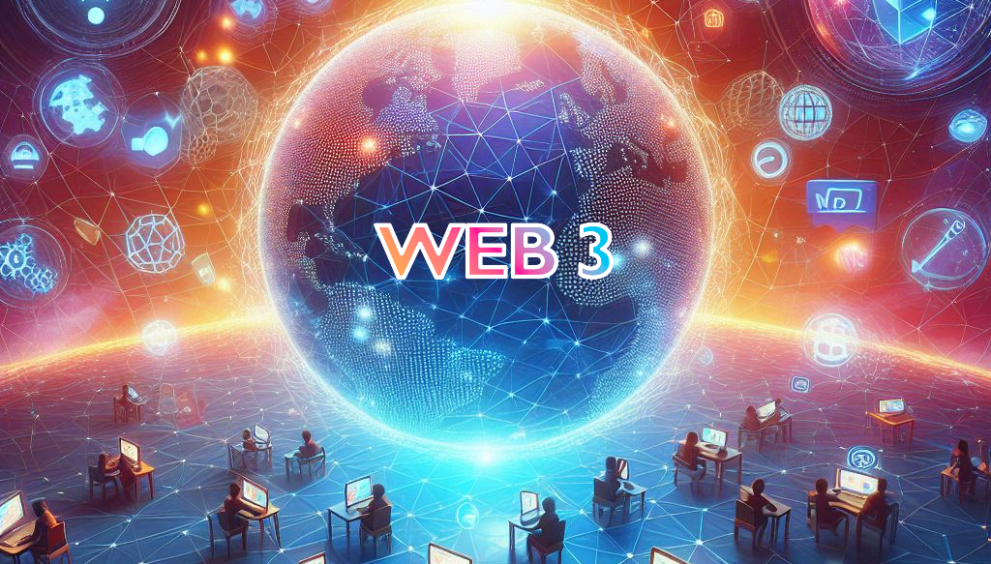
Web3 represents a potential paradigm shift in our online world. If you’re ready to understand this buzzword and its implications, let’s dive in!
Understanding Web3
- The Evolution of the Web:
- Web1: Read-only (think of early, static websites).
- Web2: Read-write (the current web, where user-generated content thrives, but large tech companies hold significant power).
- Web3: Read-write-own (a vision for a decentralized internet where users have greater control and ownership).
- Key Pillars:
- Decentralization: Powered by blockchain technology, Web3 aims to reduce reliance on centralized platforms.
- Ownership: Users can truly own and manage their data and digital assets (like art or in-game items) through innovations like NFTs.
- Trustless Systems: Blockchain enables transactions and interactions without needing to trust a central authority.
How Web3 Transforms the Online Experience
- Decentralized Finance (DeFi): A world of financial services (lending, borrowing, trading) outside of traditional institutions.
- NFTs (Non-Fungible Tokens): Unique, verifiable digital assets that are revolutionizing ownership of art, music, collectibles, and more.
- DAOs (Decentralized Autonomous Organizations): Communities governed by transparent rules embedded in code, allowing for democratic decision-making.
- Enhanced Privacy & Control: Web3 promises to put users back in the driver’s seat of their online identity and data.
Is Web3 the Future?
- Potential: Web3 offers exciting possibilities for greater user empowerment, a fairer creator economy, and innovative new applications.
- Challenges: User experience improvements, scalability, and navigating evolving regulations are hurdles to overcome.
- The Road Ahead: Web3 is a work in progress. Its trajectory and ultimate impact will depend on its adoption and continuous innovation.
